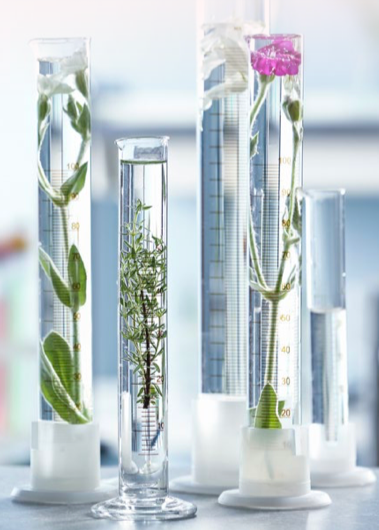
Botanicals, same same but different (Part 1)
It is widely known that certain plants or parts of plants can have an effect on the well-being and performance of animals.
This can be purely aromatic (vanilla) to make the taste of feed and water more attractive to the animals, but there are also direct effects on intestinal health (oregano) or the respiratory tract (thyme, mint).
In general, plants and their active substances can be added to feed or drinking water in the following forms:
These types of processing are selected to increase the concentration of active substances in the product, to standardise the content and to remove unwanted by-products (e.g. fibres, bitter substances).

The type and manner of processing are just as decisive for the quality of a phytogenic additive as the selection of the plant material, cultivation, climate and time of harvest.

AROMATIC SUBSTANCES AS FEED MATERIALS
Products of plant origin in their natural state, fresh or preserved, and products of simple processing can be classified as feed materials. These are plants and herbs that are dried or ground, or result from crushing.
Example: Ground oregano.
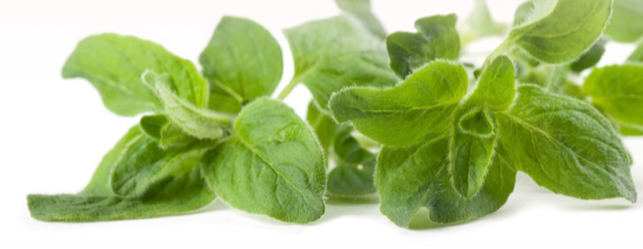
AROMATIC SUBSTANCES AS FEED ADDITIVES
ZOOTECHNICAL ADDITIVES
Additives that have a positive effect on the performance of healthy animals or on the environment.
Example: Preparations from oregano oil and other aromatic substances.
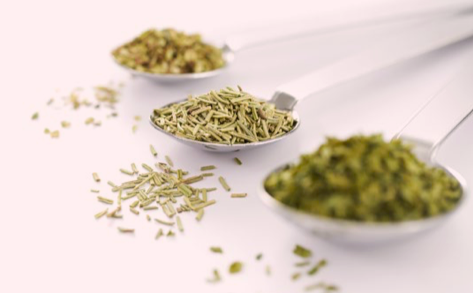
Subscribe now to the poultry technical magazine
AUTHORS
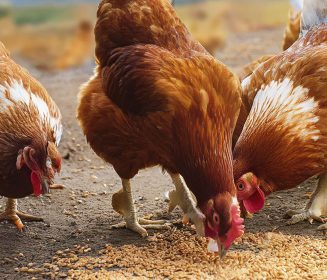
Layer Longevity Starts at Rearing
H&N Technical Team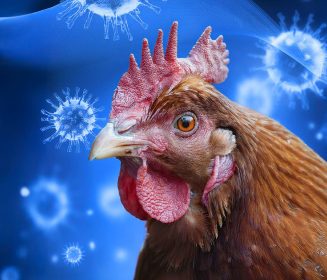
The Strategy for a Proper Infectious Bronchitis Control
Ceva Technical Team
Elevate Hatchery Performance with Petersime’s New Data-Driven Incubation Support Service
Petersime Technical Team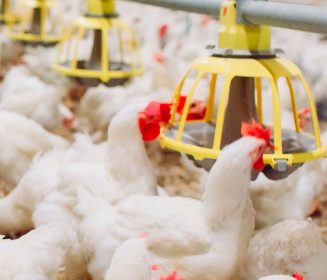
Maize and Soybean Meal Demand and Supply Situation in Indian Poultry Industry
Ricky Thaper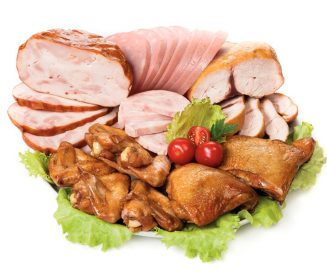
Production of Formed Injected Smoked Chicken Ham
Leonardo Ortiz Escoto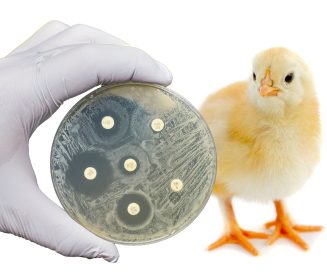
Antimicrobial Resistance in the Poultry Food Chain and Novel Strategies of Bacterial Control
Edgar O. Oviedo-Rondón
GREG TYLER INTERVIEW
Greg Tyler
Insights from the Inaugural US-RSPE Framework Report
Elena Myhre
Newcastle Disease: Knowing the Virus Better to Make the Best Control Decisions. Part II
Eliana Icochea D’Arrigo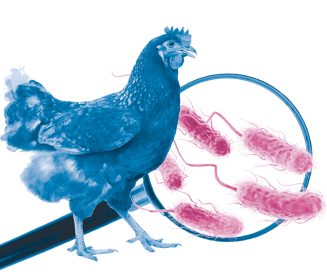
Avian Pathogenic E. coli (APEC): Serotypes and Virulence
Cecilia Rosario Cortés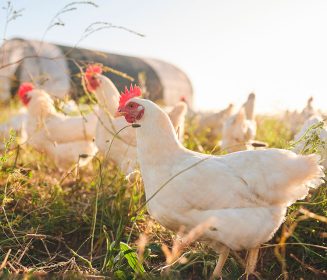
The Importance of Staff Training on Animal Welfare Issues in Poultry Industry
M. Verónica Jiménez Grez
Rodent Control is a Key Factor in Poultry Biosecurity and Sustainability
Edgar O. Oviedo-Rondón